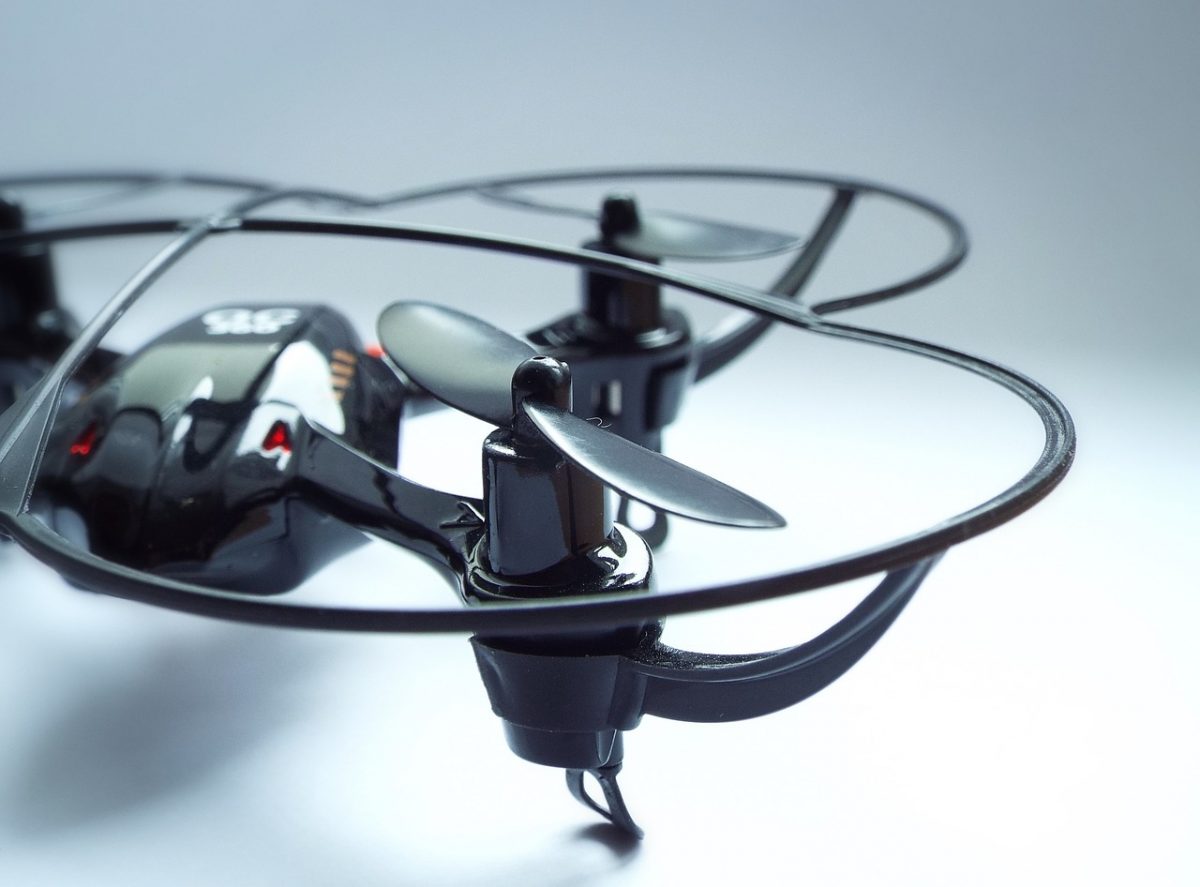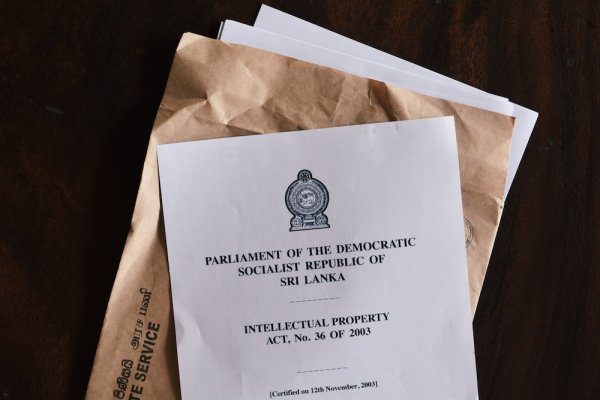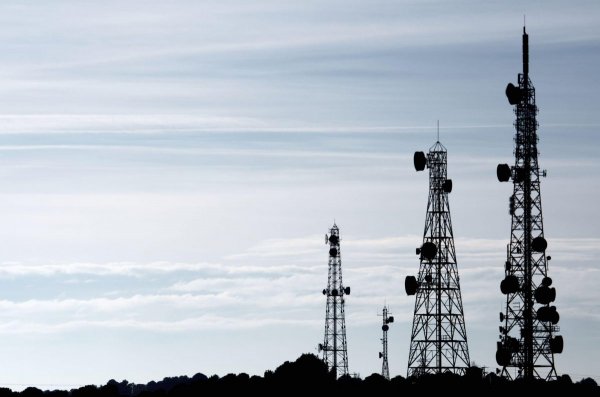
In February last year, the Civil Aviation Authority of Sri Lanka (CAASL) released a set of regulations for the operation of drones in the country. Very few people knew there were regulations out, and no one was really sure what they were allowed to or not allowed to do, so we did a piece on it. There were a lot of rules, but the document was a bit hazy on the finer details, so despite the fact that drones above a certain size were supposed to be registered, very few operators had actually done so.
Almost a year after regulations were out, people are still not quite sure about the rules governing drones ‒ like how it is mandatory to get permission from the police before flying over public areas, for example. There have been reports of drones crashing into stupas, flying over exhumations, and buzzing protesters in Hambantota. This January 10, however, the CAASL updated its drone regulations with significant changes on how UAVs can be operated in the country. You can find the updated document here, but we’re highlighting the major changes with respect to the previous regulations so you’ll know what to expect.
Mass Categories And Operations
Previously, any craft over 25 kg needed to have explicit approval from the Director General of Civil Aviation. Anything between 1 and 25 kg can be operated “under the authority of the Director General of Civil Aviation.” Under the new regulations, there are four mass categories for pilotless craft:

The CAASL’s four mass categories for pilotless craft.
The new categories seem to be set specifically to bring under its umbrella the smaller drones which were allowed to operate freely under the previous regulations.
Category A drones still need explicit approval. Category B drones need to be operated under the authority of the Director General of Civil Aviation as before. Category C drones without any data capturing tools or any payload that may be a threat to safety or to the infringing of privacy may be operated “with the Registration of a Vender who is certified for the purpose by the Director General of Civil Aviation.” The tiny Category D drones can be operated below 150 ft without permission.
Flight Clearance
Previously, any drone over a kilogram needed to have permission from the police to be flown in the open air (unless it’s in an aerodrome). Under current regulations, any UAV carrying sensors or anything that has the potential to be a security threat or violate privacy, needs permission from the local police of that area. The exceptions, again, are aerodromes or the presence of an authorised officer of the CAASL.
Manufacture Of Drones
Any manufacturer of drones needs to be registered with the CAASL. The manufacturer needs to keep detailed records of each UAV that’s been built, and update records of any sales made, as well as the details of buyers. In the case of category C drones, the third party must be informed in writing of the requirements of registering the craft with the CAASL.
Registration Of Drones
Under the new regulations, any craft fitted with sensor equipment needs to be registered with the CAASL. Any craft of category A or B needs to be registered, with category A craft having the same registration requirements as any other powered aircraft. Category C craft without data capturing or retrieval tools can be registered with a certified vendor instead of the CAASL. Category D craft without any data capturing equipment are exempt from registration. Category A, B, and C craft all need an identification stamp on them, similar to last year’s regulations.
A Registration Certificate is valid for a period of two years, and is renewable. The operator needs to keep the Registration Certificate on their person when piloting the craft. Transfer of ownership of the craft needs to be informed to the CAASL prior to operation, and if the craft ceases operations in the country or is unserviceable, the CAASL has to be informed about this as well.
Registration Of Persons
A person who operates a drone of category A, B or C, needs to register at the CAASL. After completing a Competency Check, the operator will receive a “Remote Pilot Authorization Certificate” on payment of a fee. The operator has to be over 18 years of age unless otherwise authorised by the Director General of Civil Aviation. This licence has to be renewed every two years as well. Anyone who is not a citizen of Sri Lanka will only be issued a temporary registration.
Safety Precautions
The new regulations have fleshed out the safety sections a bit more. The craft, its propulsion systems, and any equipment attached to it needs to be carefully checked prior to flight. The pilot needs to maintain awareness of the craft and the surrounding airspace at all times. Unless otherwise authorised, the craft can’t be flown faster than a ground speed of 87 knots (100 miles per hour). They also can’t be operated under bad weather conditions or when visibility is reduced to below 5 km. The new regulations also do not permit pilots to operate more than one craft at once or to operate one from a moving vehicle.
Operators are also not allowed to fly a craft when unfamiliar with the craft, when in poor physical or mental health, or under the influence of alcohol. Also, no flying high when high.
The new regulations also stress that privacy and the rights of others are respected.
Drones aren’t allowed to drop anything, tow anything, or display any banners without approval.
Restricted Areas Of Operation

Drone flight is restricted over roadways.
The 2017 regulations for drones include the same airspace restrictions as the previous set of regulations but also restrict flight over public gatherings, assemblies of people, or congested areas without express permission from the Director General of Civil Aviation. Flight is also restricted over roadways, railways, over or below open electricity lines, near communication towers, over national parks, archaeological sites, and over protected sites or security establishments.
Drones can’t be flown over property without permission from the property owner or whoever occupies the property. They also can’t be flown off-shore without permission from authorities.
The CAA website has a map of restricted flying areas.
Accidents And Insurance
In case of an accident or injury, the person operating the drone or the owner of the drone must report the accident or occurrence involving destruction of private property to the nearest police station. The report on the incident must also be submitted to the CAASL within 48 hours, and include the contact details of the owner and operator.
Category A, B, and C drones need to be operated with valid insurance cover in case of third party injury or damage.
Exemptions
In case of humanitarian relief operations conducted by public organisations on occasions like search and rescue, the Director General may exempt the craft from these regulations.
Conclusion
The new set of drone regulations is much more comprehensive than the previous year’s. It displays a better understanding of what drones are, what kind of models exist, and what can be done with them. Much of the regulations make sense, since it’s quite obvious that drones can be easily misused. But in typical heavy-handed fashion, the government is trying to control every single aspect of drone use and make it next to impossible for a first-time user to ever get into drones as a hobby, since the thick blanket of bureaucracy will make it cumbersome for anyone buying and operating drones in the country. Hopefully, by the next iteration of the regulations, things might be made easier.






.jpg?w=600)
